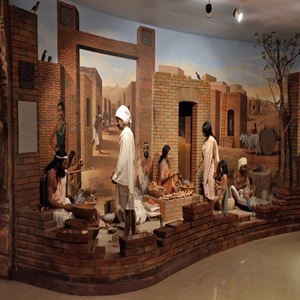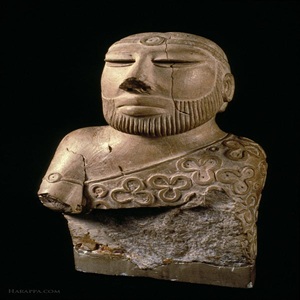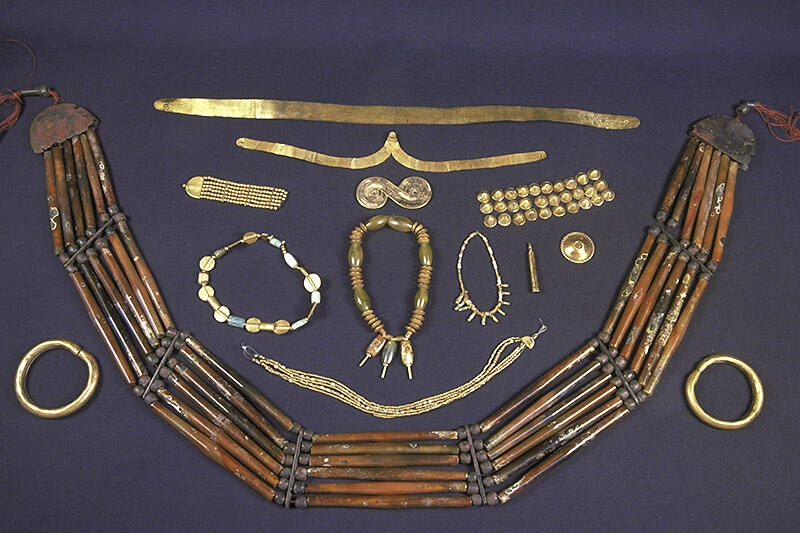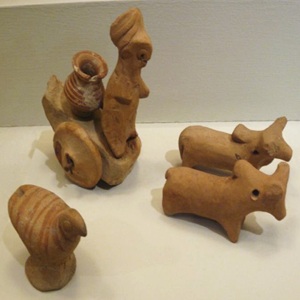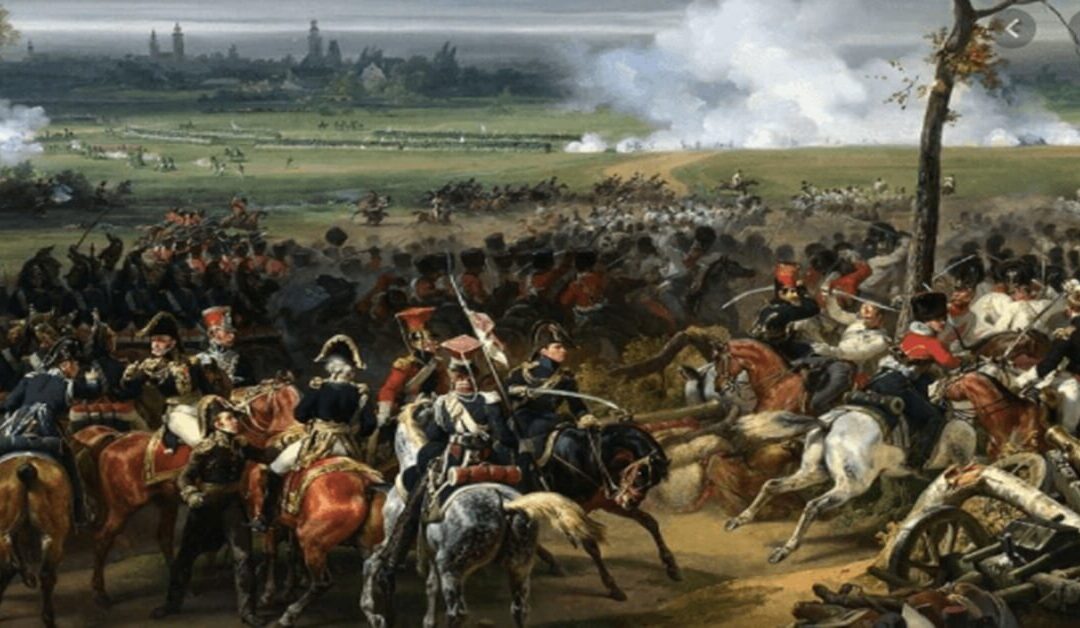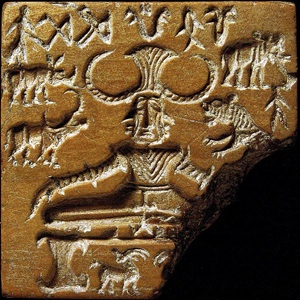
Religious life in the Indus Valley Civilization
Introduction
The Indus Valley Civilization is one of the oldest urban civilizations in the world. It is rich in religious beliefs and practices that reflect the values and concerns of its people. We learn about important aspects of their religious life through the worship of the mother goddess, Pashupati, nature, and funeral rites.
Important aspects
- Worship of the Mother Goddess
The mother goddess was the main worshipped deity of the Indus people. This is confirmed by the large number of female idols found here. They worshipped the mother goddess by various names such as Shakti, Durgi, Amma, and Ambe. The worship of the mother goddess was worshipped as a symbol of fertility and motherhood. This worship shows the important role of women in their society.
- Worship of Pashupati
The central figure in the religious practices of the Indus Valley is Pashupati, often depicted as a yogi. Seals from Harappa, Mohenjodaro and Kalibangan reveal images of a three-horned yogi seated in a Yogic position. The yogi is surrounded by various animals. Scholars have referred to this yogi as `Pashupati’ or `Trimurti’.
- Nature and Animal Worship
The Indus Valley Civilization people had a deep respect for nature and animals, incorporating these elements into their spiritual practices. They worshipped various natural deities representing fire, rivers, earth and sky, often with a mixture of fear and devotion. The bull was considered sacred. It symbolized strength and fertility. Birds such as pigeons also had religious significance, along with the Ashwatha tree, which was believed to be a sacred tree. This indicates the civilization’s deep connection with animals and nature. It also resonates with spiritual meaning.
- Cremation Rituals
The people of the Indus Valley Civilization had unique cremation customs. This demonstrates their beliefs about life, death and the afterlife. The excavations at Harappa led by Mortimer Wheeler reveal the various ways they followed in the cremation of their dead. About 67 tombs were excavated here, each of which is worth to study.
- After death, the bodies were left to be eaten by vultures and crows. The remaining bones were later buried.
- Some bodies were cremated. The ashes were placed in a pot and then buried in the tomb.
- Some bodies were buried and then cremated according to specific rituals. Instances of burning two bodies in a single tomb can be observed at Lothal.
These practices reflect a complex understanding of death and their belief in an afterlife.
Conclusion
The religious life of the Indus Valley Civilization reflects a profound connection with nature. The worship of deities such as the Mother Goddess and Pashupati, along with their elaborate burial practices, reveals the civilization’s deep spiritual consciousness and offers valuable insights into the religious and cultural foundations of one of the world’s earliest urban societies.


